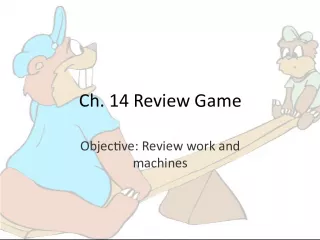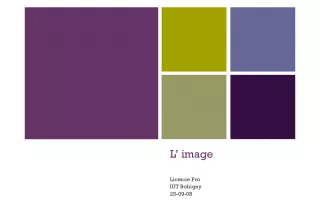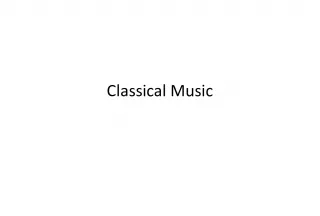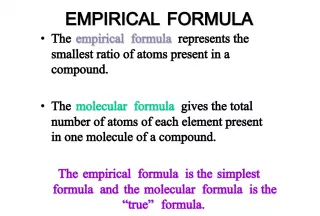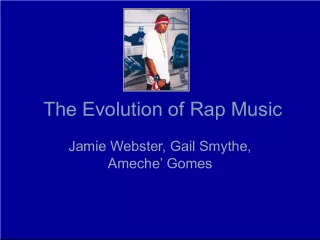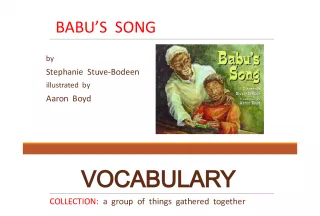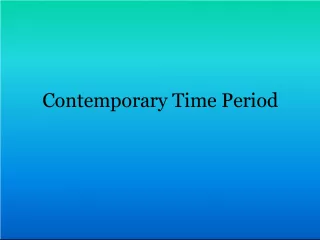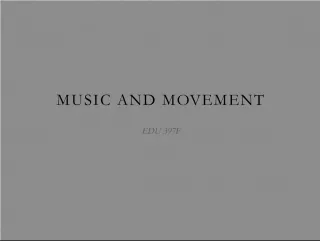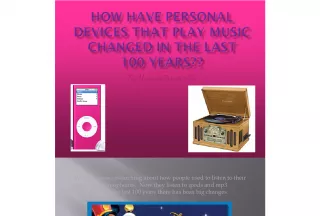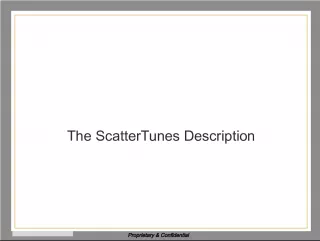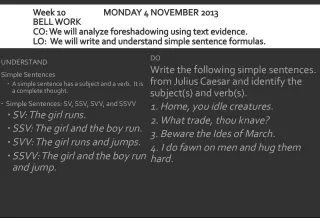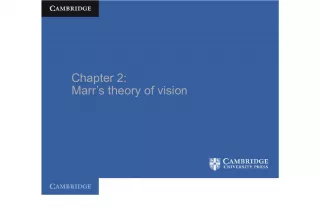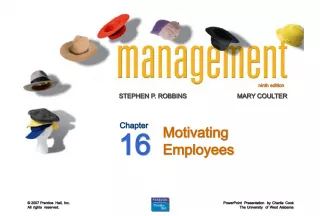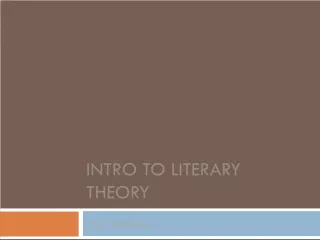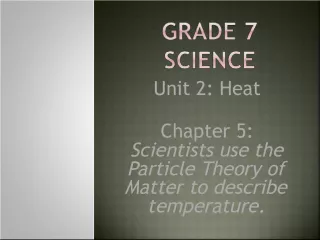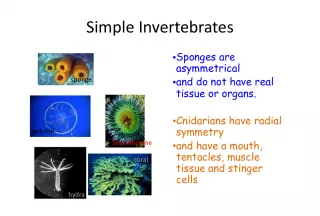Music Theory Review: Duple, Triple, and Quadruple Simple and Compound Images.
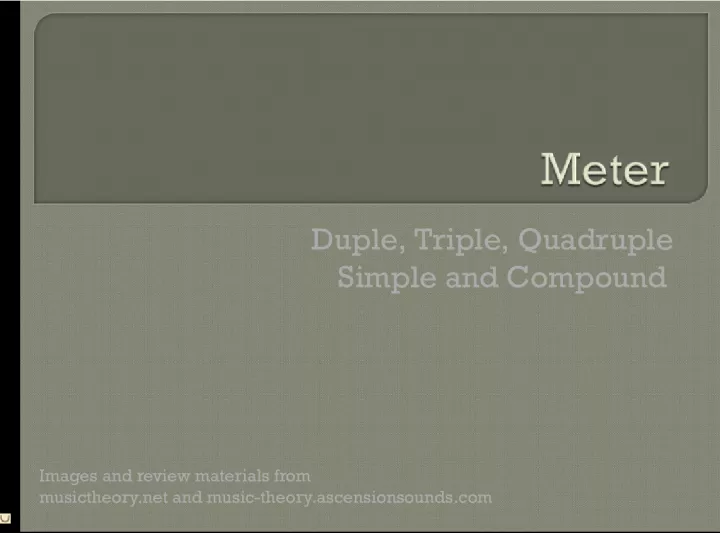

A review of music theory concepts, focusing on duple, triple, and quadruple simple and compound images. Materials from musictheory net and music theory ascensionsounds com are featured, making it easy for groups to access and study.
- Uploaded on | 9 Views
-
 martin
martin
About Music Theory Review: Duple, Triple, and Quadruple Simple and Compound Images.
PowerPoint presentation about 'Music Theory Review: Duple, Triple, and Quadruple Simple and Compound Images.'. This presentation describes the topic on A review of music theory concepts, focusing on duple, triple, and quadruple simple and compound images. Materials from musictheory net and music theory ascensionsounds com are featured, making it easy for groups to access and study.. The key topics included in this slideshow are . Download this presentation absolutely free.
Presentation Transcript
1. Duple, Triple, Quadruple Simple and Compound Images and review materials from musictheory.net and music-theory.ascensionsounds.com
2. A groups of strong (>) and weak (u) beats that are consistent throughout a passage
3. Refers to the number of beats in each measure
4. Duple is the alteration of strong and weak beats where there are 2 beats per measure.
5. Triple has 3 beats per measure, the first is usually the strong beat.
6. Quadruple has 4 beats per measure, the 1 st and 3 rd beats are stressed, but the 1 st is usually stronger than the 3 rd .
7. Answer: Simple Duple Beat Beat Subclass
8. SIMPLE METER COMPOUND The rhythm subclass divides the main rhythm class by 2 The rhythm subclass divides the main rhythm class by 3 Beat Beat Subclass
9. SIMPLE METER COMPOUND The rhythm subclass divides the main rhythm class by 2 The rhythm subclass divides the main rhythm class by 3
11. Meter Duple, Triple, and Quadruple Simple v. Compound Hypermeter Homework: Read Chapter 2 p.30-35 Do Self Test 2-3 A (1-5) and B (2-3) Do Self Test 2-4 A (1-5) and B (3) You will need staff paper to do the exercises for B

